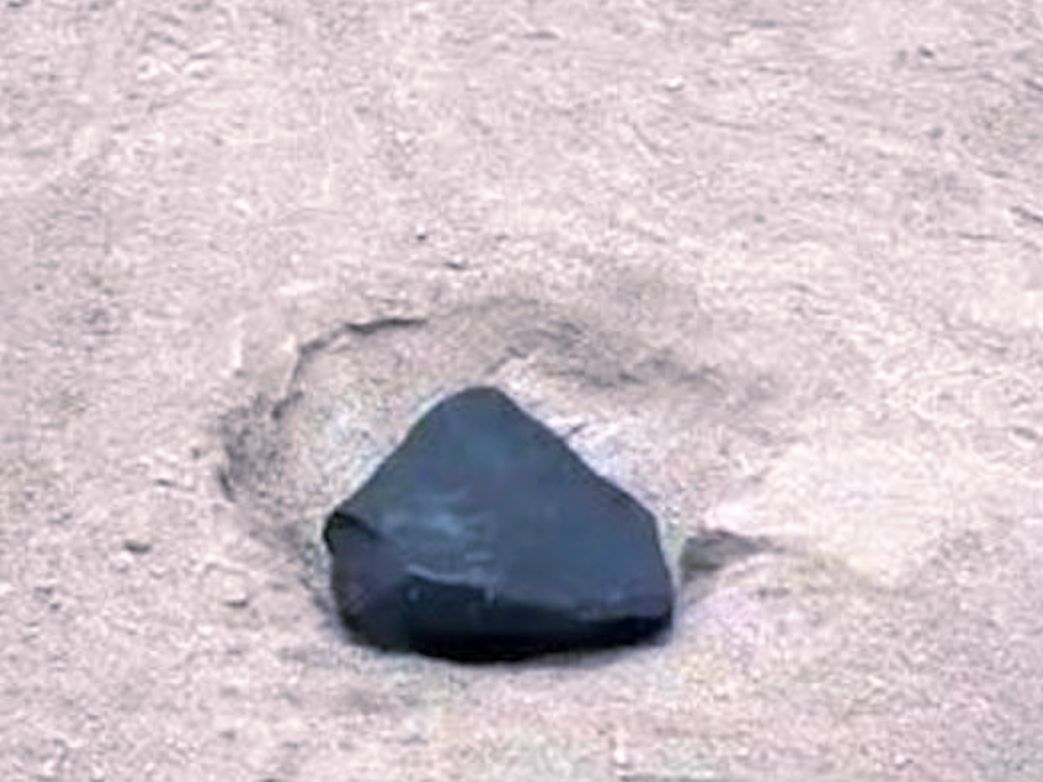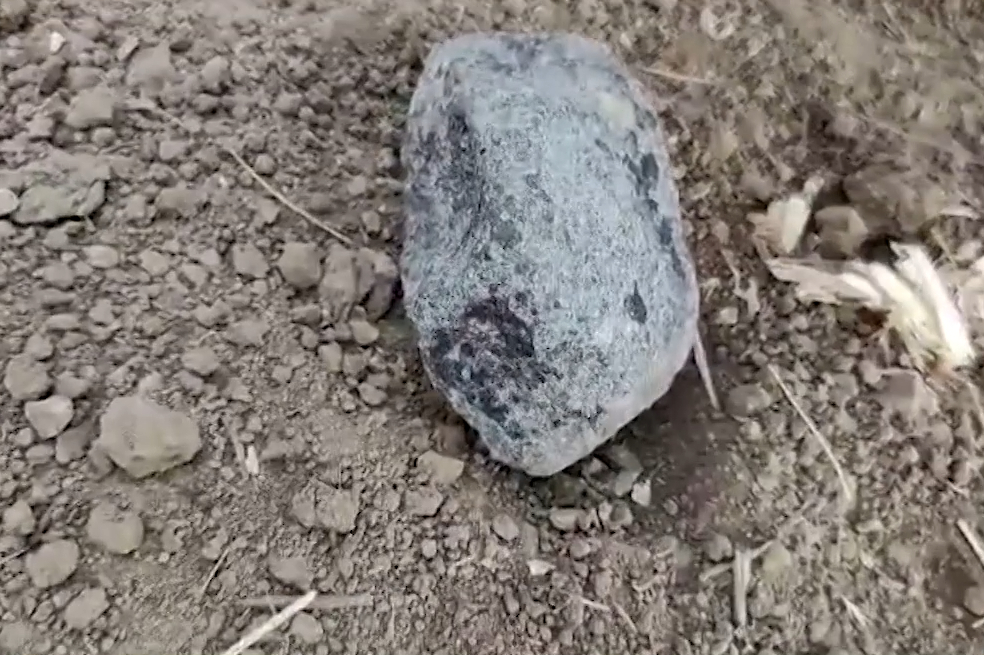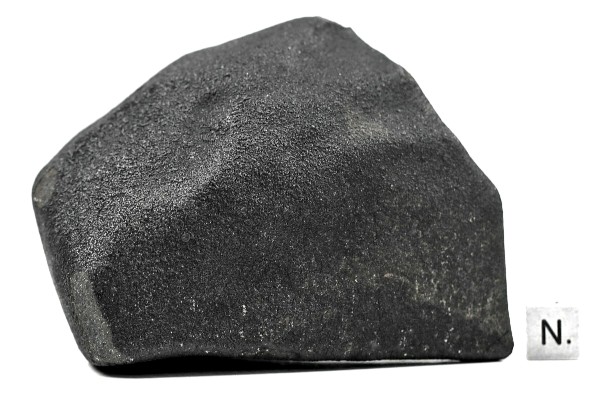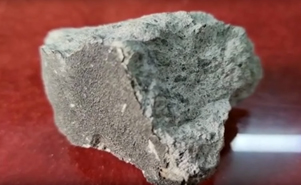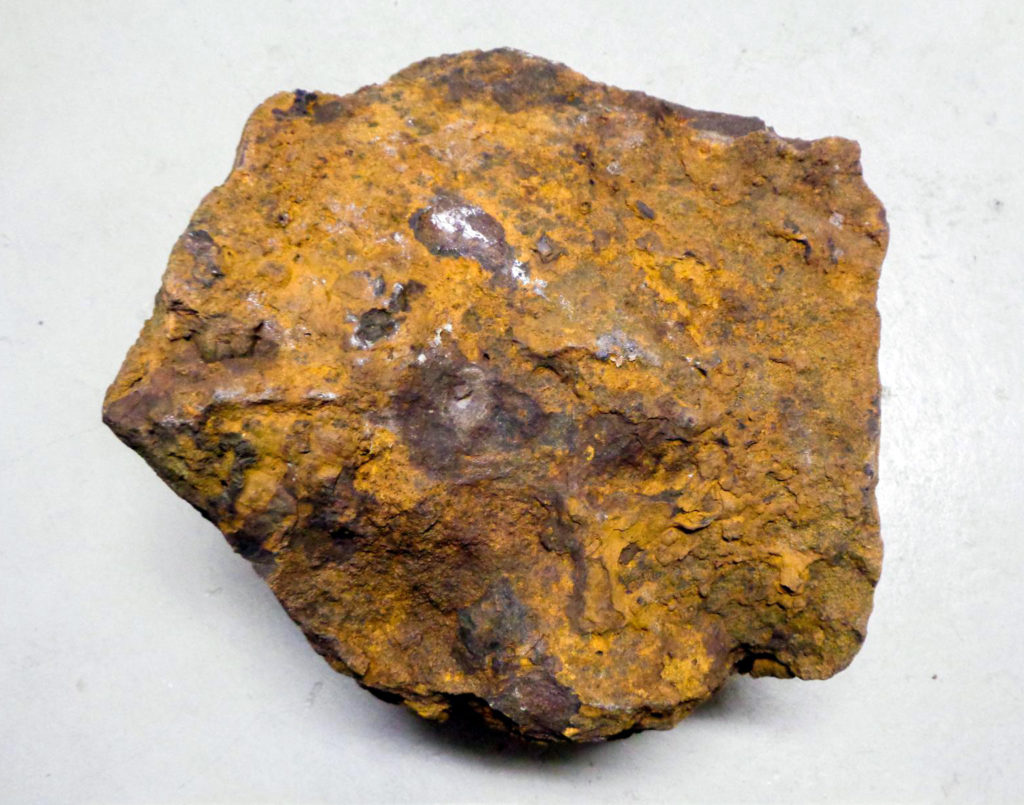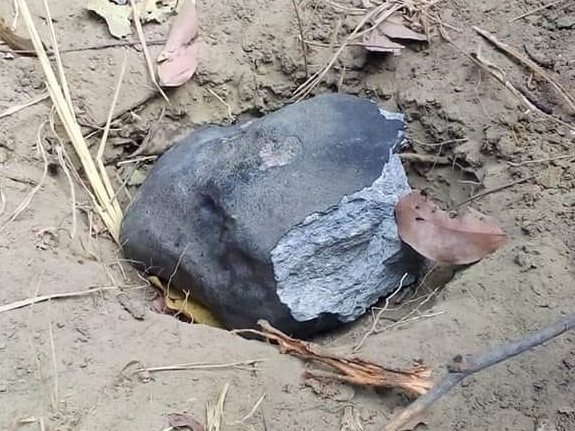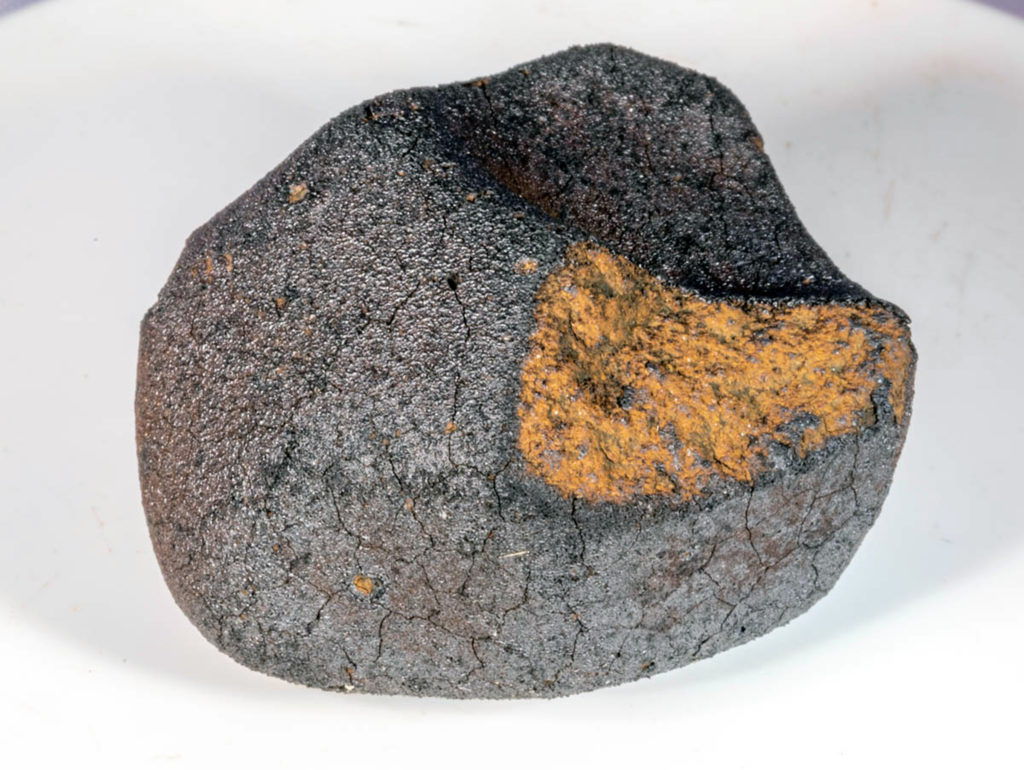Formation of chondrules and matrix in Kakangari chondrites
Jens Barosch, Denton S.Ebel, Dominik C. Hezel, Samuel Alpert, Herbert Palme
Earth and Planetary Science Letters
Volume 542, 15 July 2020, 116286
“Highlights
• We determined petrographic and chemical data in components of K chondrites.
• Mineralogically zoned chondrules are rare in Kakangari, but common in LEW 87232.
• Chondrule recycling might explain the near lack of zoned chondrules in Kakangari.
• No direct evidence for complementarity has been found.
• Chondrules and matrix likely formed from a common reservoir.”
“The study of chondritic meteorites and their components allows us to understand processes and conditions in the protoplanetary disk. Chondrites with high and about equal proportions of chondrules and matrix are ideal candidates to not only study the formation conditions of chondrules, but also the relationship between these two major components. An important question is whether these formed in the same or in separate reservoirs in the protoplanetary disk. So far, such studies have been mainly restricted to carbonaceous chondrites. We here expand these studies to the K (Kakangari-like) chondrite grouplet. These have various distinctive properties, but the abundance of major components – chondrules and matrix – is similar to other primitive meteorites. We obtained a comprehensive petrographic and chemical dataset of Kakangari and Lewis Cliff 87232 chondrules and matrix. Chondrules in Kakangari show a large compositional scatter, supporting material addition to chondrules during their formation. Contrary to almost all other chondrite groups, the majority of Kakangari chondrules are not mineralogically zoned. However, Kakangari chondrules were likely initially zoned, but then lost this zonation during chondrule remelting and fragmentation. Average compositions of bulk chondrules, matrix and bulk Kakangari are identical and approximately solar for Mg/Si. This might indicate the formation of chondrules and matrix from a common reservoir and would agree with findings from carbonaceous and Rumuruti chondrites: chondrules and matrix in most chondrite groups were not transported through the protoplanetary disk and then mixed together. Rather, these major components are genetically related to each other and formed in the same reservoir.”

